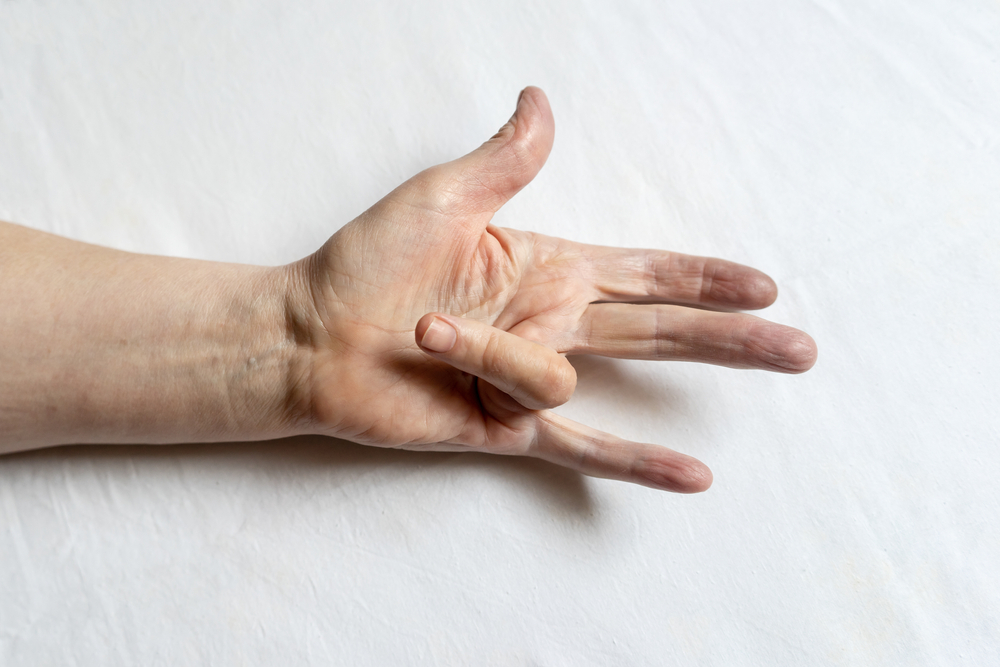Dupuytren contracture is a deformity that typically develops over time in the hand. This condition affects a layer of tissue that underlies your palmar skin. The tissue tangles beneath the skin, ultimately making a thick cord that could drag one or more fingers in a curved position.
The affected fingers cannot be fixed or straightened totally, affecting and interfering with daily activities, like shaking hands, putting your hands in the pockets, and wearing gloves.
As of now, doctors don’t know the real cause behind Dupuytren’s contracture. However, the increasing risk of developing Dupuytren contracture is believed to come from risk factors, too. Such as:
- Sex
- Age
- Family history
- Diabetes
- Alcohol and tobacco use


